
Biopics are inspiring in ways that other genre of films simply aren't. For one, they capture the essence of a person's life journey. As a result, there is so much to learn from real experience. And two, biopics are a treat for history and cinema buffs.
Lately, science based biographical films are getting popular and obscure scientists are becoming mainstream. A recent news of Cillian Murphy roped in as Robert Oppenheimer for Christopher Nolan's next broke the internet, for example.
Science biopics are amazing as they demonstrate that there is always an unknown narrative behind every life decision made by the scientist. In this post, let us quickly go through 10 best biopics on scientists you should be watching.
Einstein and Eddington
Starring actors David Tennant and Andy Serkis as physicists Arthur Eddington and Albert Einstein respectively, this movie is set against the backdrop of the first World War.

Their collaboration (and friendship) was crucial not only to the birth of modern physics, but to the survival of science as the world prepared for the great war. The powerful climax is very special and is a treat for physics lovers.
The Theory of Everything
Based on a book by Jane Hawking, Travelling to Infinity: My Life with Stephen, it deals with Stephen's fight against the dreaded motor neuron disease and his relationship with his wife and his work at the Cambridge University. The film stars Eddie Redmayne and Felicity Jones in the lead roles.
The Imitation Game
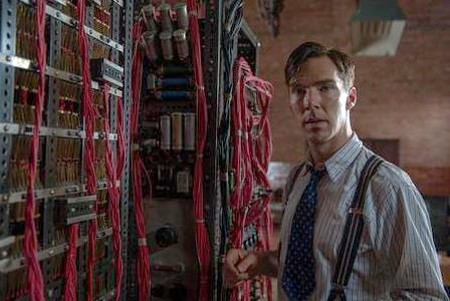
This movie depicts story of English mathematician and computer scientist, Alan Turing, who builds a machine to crack the secret German enigma code during World War II. The name of the film is taken from Alan Turing's answer to the question, Can machines think?
Radioactive
This 2019 film starring Rosamund Pike as Marie Curie and Sam Riley as Pierre Curie was praised specifically for performance by Pike as a "sincere tribute" to the brilliance of Curie. It portrays Madame Curie's accomplishments, including two Nobel Prizes, and the sacrifices she made along the way.
Infinity
Based on the autobiography of Richard Feynman, What do you care what other people think? describing the role of his father in shaping his character and relationship with the love of his life, Arline, who died of tuberculosis. It stars Matthew Broderick as Feynman and Patricia Arquette as Arline Greenbaum.
October Sky
Released in 1999 starring Jake Gyllenhaal and Laura Dern, this is a film about a coal miner's son who wants to become a NASA engineer, against his father's wishes. This is true story of a former NASA engineer Homer Hickam who was inspired by Russia's Sputnik, a deeply motivational movie for growing minds.
Tesla (2020)
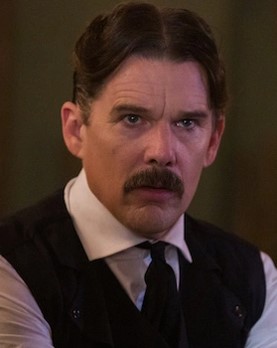
Starring Ethan Hawke, this biopic is an artsy one as it captures the life and struggle of brilliant but eccentric inventor Nikola Tesla. The movie covers Tesla's initial genius and later tall claims. A brave portrayal of Tesla, that how he was wrong on so many occasions, so Tesla fans might not enjoy. But a science student should give this movie a try.
Agora
Starring Rachel Weisz, this 2009 film covers the life of Hypatia, a mathematician and astronomer in the 4th century. She was among the first to investigate the flaws of Ptolemaic model and support the sun-centric system.
The movie also highlights how religion overpowered scientific endeavor in ancient Europe and how Hypatia desperately tries to save knowledge from the hands of religious dogma.
Hidden Figures

Inspiring story of three African American mathematician and engineers who worked at NASA during the space race between US and Russia in the 1960s. The film depicts how they have to deal with racial discrimination at work while launching successful space projects.
The man who knew infinity
This is a movie on exceptionally talented young Indian mathematician Srinivasa Ramanujan and his relationship with his teacher and friend, English mathematician G.H. Hardy. Performances by Dev Patel and Jeremy Irons were praised by audiences and critics alike.







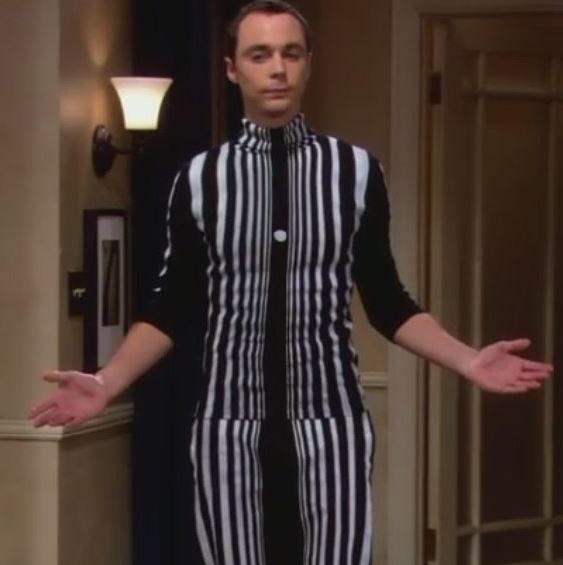



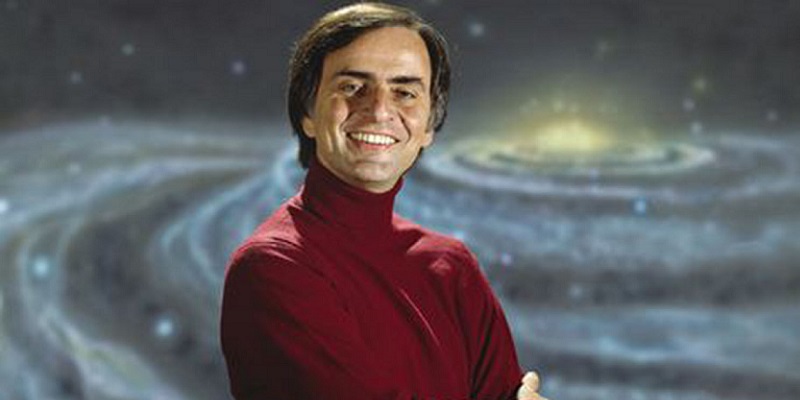







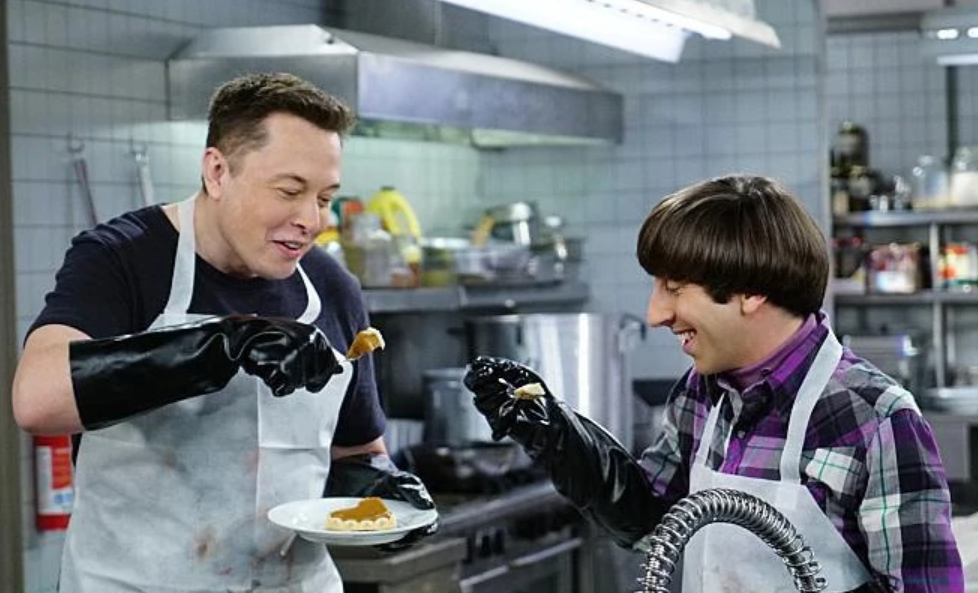










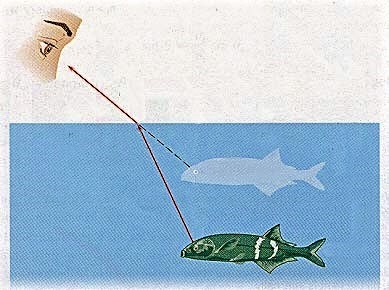



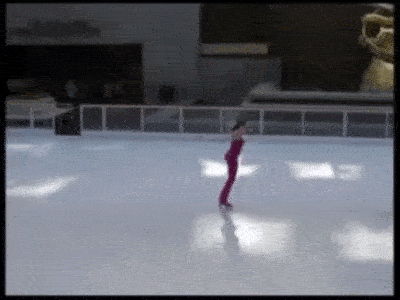
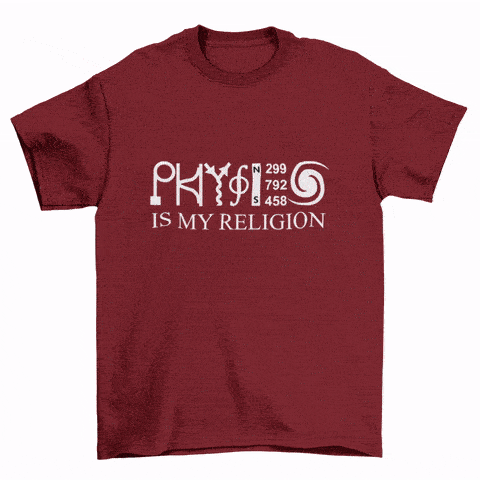

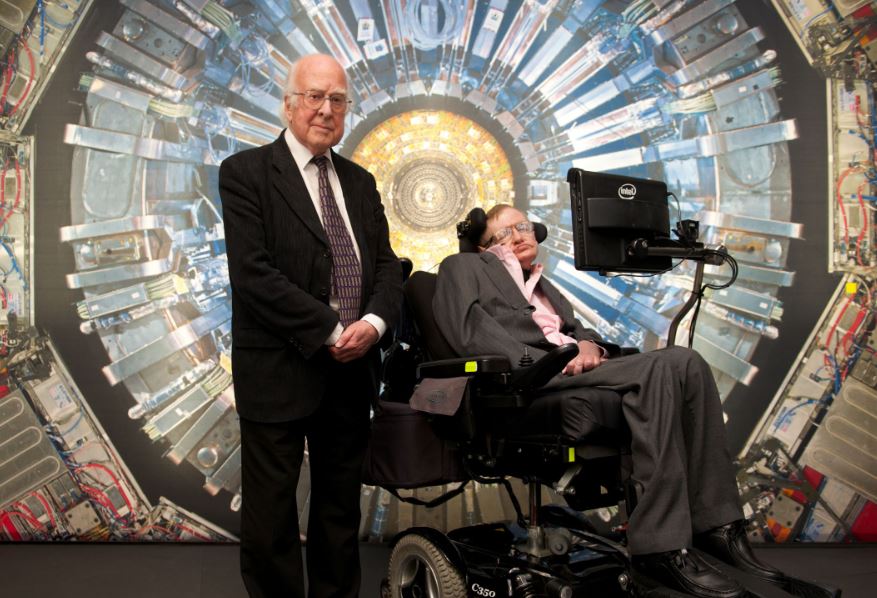












 Physics, astronomy and science history blog for students
Physics, astronomy and science history blog for students